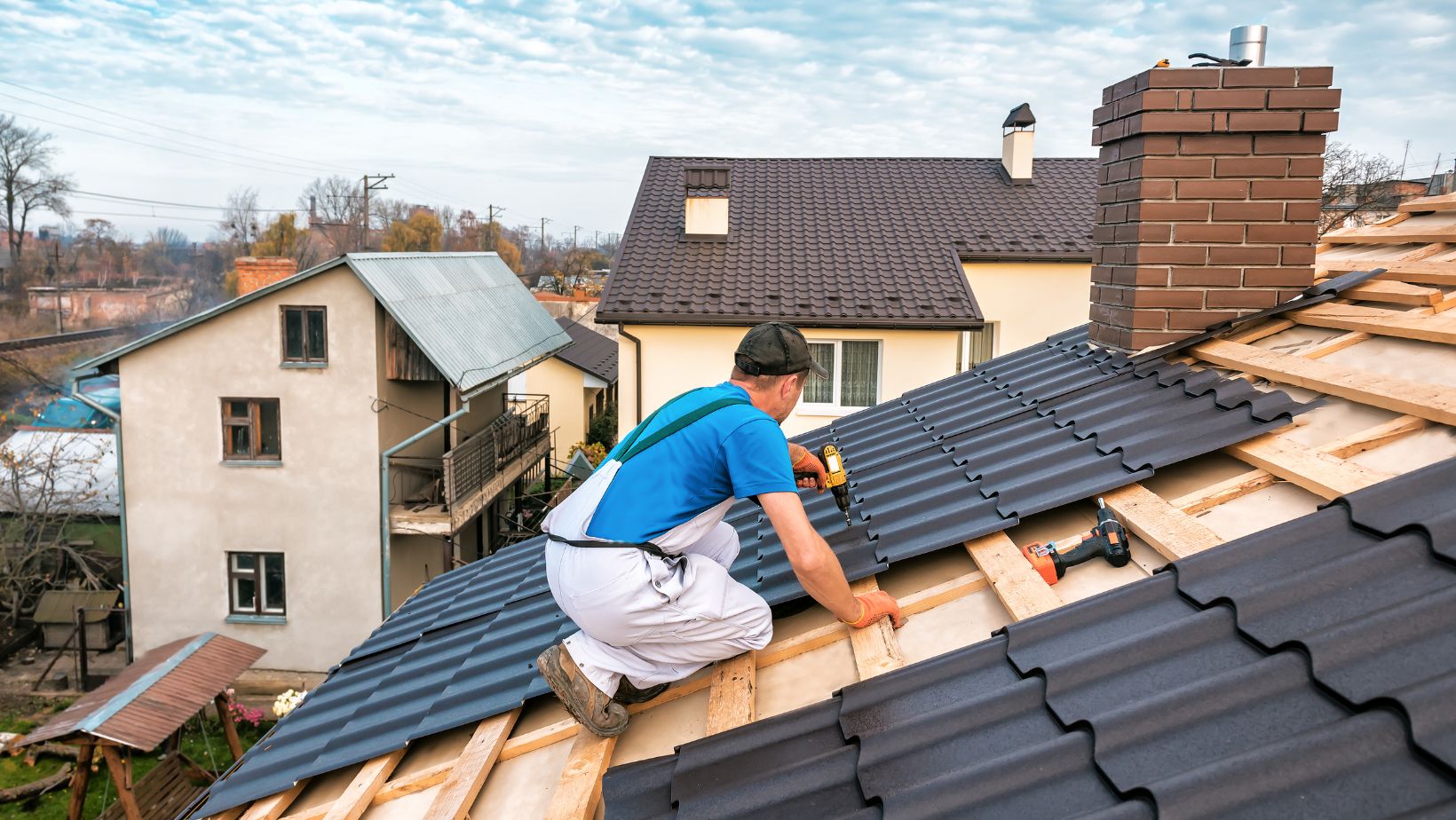A roof is more than just a layer of protection over your home—it contributes to curb appeal, energy efficiency, and the overall feel of your property. When planning a roof replacement or new construction, customizing your roof design offers the chance to blend style with function. However, this process involves more than picking a color or shingle type. Working closely with a roofing contractor is essential to translate your vision into a lasting structure. We will explore how homeowners can collaborate effectively with contractors to create a roof that meets aesthetic and practical goals.
Contents
Table of Contents
ToggleWays Homeowners can Collaborate Effectively with Contractors
Starting the Conversation About Style, Structure, and Needs
The early stages of working with a roofing contractor involve open, thoughtful conversations about what you want your roof to look like and how it should perform. This is the time to share your preferences about color, materials, shape, and your expectations for durability, insulation, and maintenance. A contractor can help identify what roofing styles are compatible with the architecture of your home and local climate while helping you understand the trade-offs between different materials. For example, you might be drawn to the sleek look of metal roofing but need to know how it performs during heavy rain or how it fits into neighborhood guidelines.
When making suggestions, a contractor will also consider the slope of your roof, attic ventilation, and drainage needs. This collaboration ensures that your design choices aren’t just visually appealing but are also appropriate for the structure of your home. Discussing your lifestyle needs is equally important. Are you planning to live in the house for the long term? Do you want a roof that requires little upkeep? Is energy efficiency a priority? These answers help the contractor recommend materials and features that align with your goals. Being transparent and honest from the beginning gives both parties a strong foundation to build on and helps eliminate surprises later in the project. It also creates a working relationship based on mutual respect and shared objectives, setting the tone for a smoother design and installation process.
Understanding Material Options and How They Affect Design
Material selection is a significant part of customizing a roof, and the choices extend far beyond traditional asphalt shingles. Each roofing material has its characteristics that influence not only the appearance of the roof but also its performance and lifespan. Asphalt shingles are standard due to their affordability and ease of installation.

However, alternatives like clay tile, wood shake, slate, or metal panels bring the table distinct visual and structural qualities. When working with a contractor, it’s essential to understand how each option complements the overall look of your home and how well it suits your local weather conditions. For instance, tile roofs are durable and offer a classic look, but they’re heavier and may require reinforcement of the roof structure. Metal roofing is lightweight and long-lasting, with modern finishes that mimic other materials while offering sleek, contemporary design lines.
Wood shingles add charm and natural texture but may require more maintenance and care, particularly in humid climates. These variables all play a role in narrowing down the choices that make sense for your home. A roofing contractor can walk you through these material options with real-world examples, showing how they look when installed and explaining their benefits and limitations. Visual references and samples can help you envision how the roof will tie into your home’s siding, trim, and landscaping. Contractors also consider how color and finish will age and whether certain materials require additional treatments or coatings. Working together on this selection process ensures the final product looks cohesive, performs reliably, and meets your expectations for years to come.
Exploring Roof Features That Enhance Function and Personalization
Customization goes beyond materials and color. Additional design elements can be added to make a roof more functional and reflective of your preferences. Contractors can incorporate features like skylights, dormers, and overhangs that add visual dimension and provide benefits such as natural light and better ventilation. These additions require careful planning to integrate well with the roofing system and maintain weather resistance. Skylights, for example, must be installed to prevent leaks while maximizing light exposure. Similarly, roof overhangs can be designed to offer extra shade, protect siding from water, and contribute to the home’s architectural character.
Ventilation is another element that often goes unnoticed but plays a significant role in roof performance. A contractor will evaluate your attic airflow and recommend ridge vents, soffit vents, or other systems that help prevent moisture buildup and keep energy costs manageable. Solar panel integration is another popular customization, especially for homeowners looking to reduce their environmental impact. Designing a roof with solar compatibility in mind ensures that panels can be mounted securely without damaging the structure or voiding warranties. By collaborating on these functional details, homeowners can create a roof that looks good, works efficiently, and supports their lifestyle.
Balancing Personal Taste with Practical Considerations
Every homeowner wants a roof that reflects their style, but weighing aesthetic preferences against the realities of construction, budget, and long-term upkeep is essential. This is where the relationship with your roofing contractor becomes significant.

A contractor helps balance what you want with what is realistic, ensuring your dream design is attractive and sustainable. For example, you might love the idea of a dark-colored roof. Still, this could lead to higher cooling costs in a hot climate unless you also invest in reflective materials or additional insulation. Likewise, a flat roof might create a bold, modern look, but it requires more attention to drainage and waterproofing.
By discussing these trade-offs openly and informally, you can make choices that reflect your style without compromising performance. The contractor’s input also helps avoid design features that could lead to code violations or conflicts with homeowner association guidelines. In this stage, you’ll also finalize the project’s scope, including installation timelines, budget limits, and communication preferences. With a clear plan, the project can move forward with shared expectations and fewer disruptions. This level of collaboration doesn’t just produce a more satisfying result—it helps homeowners feel more confident in their decisions and more invested in the outcome.
Customizing your roof is about combining design with purpose, and the key to a successful outcome lies in collaboration. From choosing materials to integrating features that fit your lifestyle, the process involves communication, trust, and thoughtful planning. Many homeowners also explore Custom Home Improvements & Repairs alongside roof customization to ensure their entire property reflects a unified and intentional design. Working with a roofing contractor who understands your goals and guides you through each decision helps turn your vision into a lasting part of your home’s character. Whether your focus is durability, energy savings, or curb appeal, building a roof that suits your needs begins with a shared commitment to quality and detail every step of the way.

